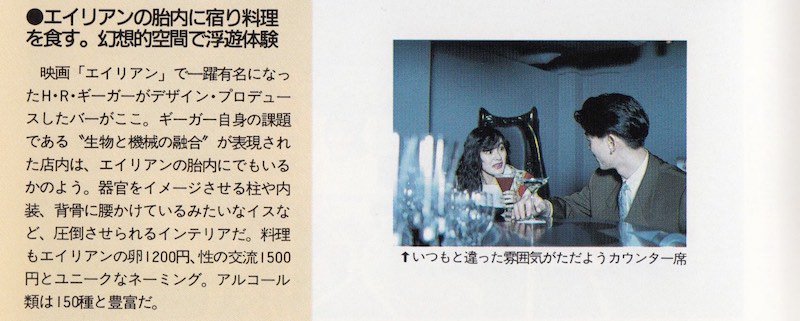Philosopher Ludwig Wittgenstein asked us to imagine a rope stretched around the earth at the equator (and imagine the earth as a perfect sphere). Were we to add one more yard to the rope, then stretch it out taut again, would anyone be able to notice the difference? Most of us will intuit that it couldn’t possibly be so, a yard would disappear in the immensity of the Earth’s circumference.
Some geometry and algebra show, in fact, that the rope would hover about 6 inches off the ground, becoming a hazardous tripwire spanning the globe. The video above from the Center for Public Philosophy at the University of California, Santa Cruz begins with this odd thought experiment and ends with a call to action: to apply more skepticism to our political positions.
If we can be so wrong about a problem with a mathematical proof, we’re asked, “how should an open-minded honest person regard her own certainty in areas where there are often no proofs, like politics, philosophy, ethics, or aesthetics? Maybe we should be a lot less confident in our beliefs. After all, we might be wrong more than we realize.” Maybe so. But it seems there’s some slippery use of terminology here.
In any case, the short video is not, we should point out, a representation of Wittgenstein’s thought, only a riff on his imagining a rope around the world. What did Wittgenstein himself have to say about skepticism and certainty? It’s complicated. Attempting to characterize his thought in brief might be an impossible task. He can seem like a highly contradictory thinker, refuting the ideas in his first book, the Tractatus Logico-Philosophicus, in his posthumously published Philosophical Investigations, for example.
But perhaps it is more so the case—as A.C. Grayling writes of another posthumously published Wittgenstein collection, On Certainty—that the stages of the enigmatic thinker’s career were each “a collection of provisional notes, recording a journey not an arrival.” He had begun in the Tractatus by considering philosophy “a spurious enterprise.” Most famously, Wittgenstein wrote, “Whereof one cannot speak, thereof one must be silent,” sweeping away with one lofty gesture all metaphysics and abstract speculation.
In On Certainty, he appears to finally accept philosophy’s “legitimacy.” Any conflict with his earlier positions does not trouble him at all. Wittgenstein attempts to refute skepticism, returning to the image of a “world picture” that recurs again and again in his work, building his case with aphorisms like “I have a world picture. Is it true or false? Above all it is the substratum of all my enquiring and asserting.” Drawing on the foundationalism of G.E. Moore, Wittgenstein deploys rhetoric that sounds downright fundamentalist:
If I say ‘we assume that the earth has existed for many years past’ (or something similar), then of course it sounds strange that we should assume such a thing. But in the entire system of our language-games it belongs to the foundations. The assumption, one might say, forms the basis of action, and therefore, naturally, of thought.
Isn’t the question this: ‘What if you had to change your opinion even on these most fundamental things?’ And to that the answer seems to me to be: ‘You don’t have to change. That is just what their being “fundamental” is.’
This does not sound like a person likely to ever change their mind about what one might call their “strongly-held beliefs.” Wittgenstein constructs another view at the very same time. His second argument “is not comfortably consistent with—perhaps, indeed, undermines” the first. While defending certainty, he argues for “relativism… the view that truth and knowledge are not absolute or invariable, but dependent upon viewpoint, circumstances or historical conditions.”
Our thoughts about the world, or our “world-picture,” writes Wittgenstein, “might be part of a kind of mythology…. The mythology may change back into a state of flux, the river-bed of thoughts may shift.” Our beliefs change as the “language-game” changes. We put on new discursive clothing, contingent on our present circumstances. “The difficulty,” writes the philosopher, with almost a hint of sympathy, “is to realize the groundlessness of our believing.”
Neither of these positions—that we are justified in believing “fundamental,” self-evident propositions because they’re fundamental; or that we change our beliefs because of a change in relative “language-games”—fit neatly with the idea that we should try to be less certain and more open to changing our minds. Nor is any reference in Wittgenstein likely to help resolve our political disagreements.
We may find it a comfort, or a deeply unsettling proposition, that certain beliefs might be anchored more deeply than proof or skepticism can reach. Or as Wittgenstein put it: “And now if I were to say ‘It is my unshakeable conviction that etc.,’ this means in the present case too that I have not consciously arrived at the conviction by following a particular line of thought, but that it is anchored in all my questions and answers, so anchored that I cannot touch it.” Yet, perhaps it is the case that we share more of these convictions than we know.
via Aeon
Related Content:
An Animated Introduction to Ludwig Wittgenstein & His Philosophical Insights on the Problems of Human Communication
Hear Wittgenstein’s Tractatus Logico-Philosophicus Sung as a One-Woman Opera
Ludwig Wittgenstein’s Short, Strange & Brutal Stint as an Elementary School Teacher
In Search of Ludwig Wittgenstein’s Secluded Hut in Norway: A Short Travel Film
Josh Jones is a writer and musician based in Durham, NC. Follow him at @jdmagness.







